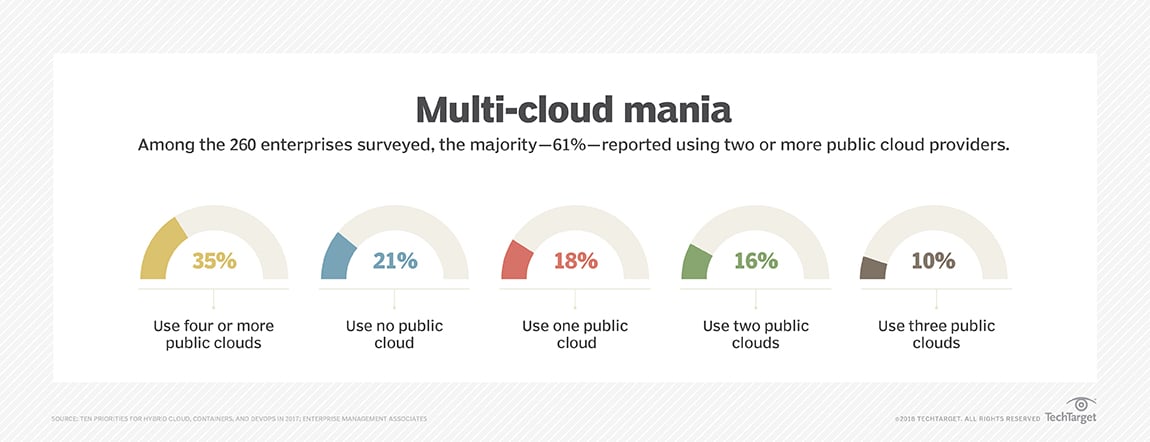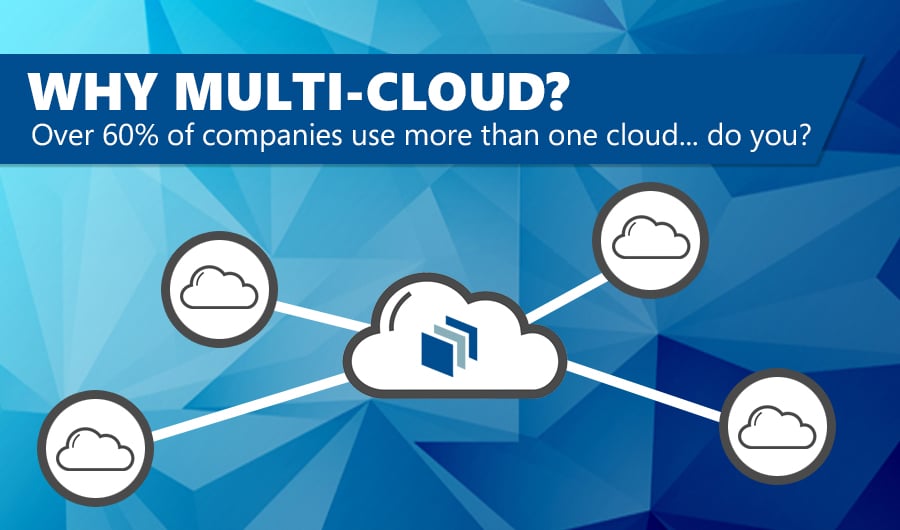As a cloud service provider, we work with our customers directly to help determine the right type of environment to set up to support their workflows. Recently, we have been noticing that multi-cloud environments are all the rage... and for good reason. Different from "hybrid clouds" -- which normally refer to cloud environments that are mixed between on-premise, private, and public clouds -- multi-cloud refers to customers using a mix of multiple cloud vendors to fill out their needs.
Why Multi-Cloud?
Every cloud provider does certain things REALLY well, and other things no so well. Even when you look at the hyperscale cloud providers like AWS, Azure and GCP you'll find that they can't optimize for every workflow, so something has to give. That can be cost, performance, scale or even reliability... but they can't do everything perfectly. This is why multi-cloud environments are becoming so popular.
Why Does It Work?
As use of cloud computing continues to grow, companies are being driven by broader business and technical goals. Those goals can include the use of clouds, like Cirrascale, that concentrate on providing dedicated, always up resources with a more price competitive approach to handle training, simulation or re-simulation tasks (like those seen in ADAS/AV workflows) or may involve taking advantage of the ability to scale up hundreds of nodes instantaneously offered by a particular cloud provider in a different geography. No matter the reason, multi-cloud deployments are gaining popularity as shown in a recent TechTarget survey (see image below). In fact, 61% of the enterprise customers they surveyed showed that companies were using at least two public clouds, and 35% were using at least four.

How Does It Work?
Typically, connections are set up between the different cloud providers allowing data to pass between them for different computing needs. For example, all of the Cirrascale Cloud Services data centers are setup with a mix of different Tier-1 service providers, as well as the ability to connect via Megaport to other cloud providers so customers gain access to a variety of connectivity options. From there, VPNs are setup to control and route traffic as necessary.
For companies that deal with large amounts of training or simulation data, Cirrascale tends to be the preferred place to host a centralized service since we don't charge customers any ingress or egress fees on data. Additionally, with our specialized multi-tiered storage offerings and dedicated multi-GPU training servers, customers tend to prefer having their data close to their training, simulation, and re-simulation workhorse servers. Other providers are then linked to us for the occasional short-term burst capacity or archival storage need.
Interested In Learning More?
In case you are unfamiliar with how multi-cloud deployments work, or if you are currently using another cloud service provider but would like to know more about how to deploy your own multi-cloud environment, we can help. Contact us today to setup a meeting, or read more about how we can help keep your GPUs feed and eliminate your most common performance bottlenecks.



